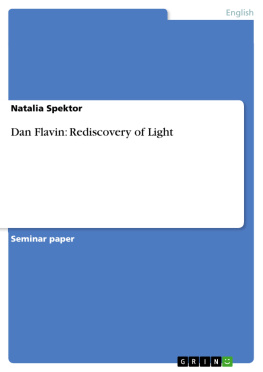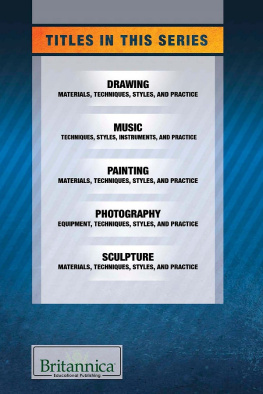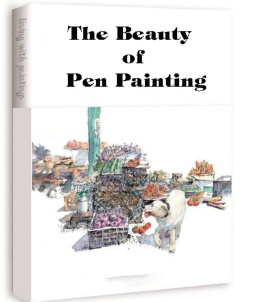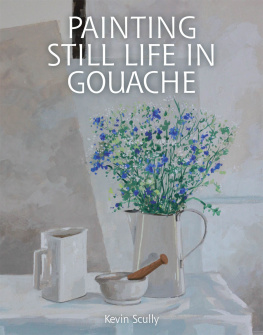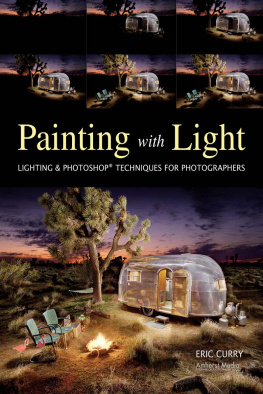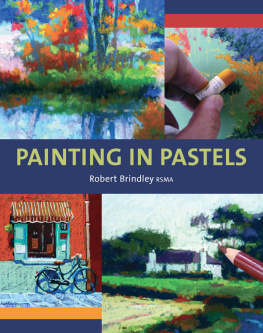Impressum:
Copyright (c) 2013 GRIN Verlag GmbH, alle Inhalte urheberrechtlich geschtzt. Kopieren und verbreiten nur mit Genehmigung des Verlags.
Bei GRIN macht sich Ihr Wissen bezahlt! Wir verffentlichen kostenlos Ihre Haus-, Bachelor- und Masterarbeiten.
Jetzt bei www.grin.com hochladen und weltweit publizieren.
Table of Contents
1. Introduction
2. General View on the Problem Area of Colour and Light
3. Flavins Rediscovery of Light
3. 1 From Colour to Light: The first icons
3. 2. Icon I (the heart) (to the light of Sean McGovern which blesses everyone)
3. 3 Icon IV (the pure land) (to David John Flavin [1933-1962])
4. From Picture to Space: The diagonal of May 25, 1963
4.1 The Dedications to Brancusi and Rosenblum: gold and white Versions
4.2 The Diagonal as a Symbol of Light
4. 3 Reduction as a Challenge (Ockhams razor)
5. The Importance of Flavins Art today
Bibliography
List of Illustrations
Illustrations
1. Introduction
The character of twentieth-century art is distinguished by innovation. Modern artists were not content to express ideas within agreed-upon conventions inherited from the nineteenth-century academies but felt compelled to invent their own, new visual language (see Govan 2004 (II): 9ff.) . The Abstract Expressionists were the first, who were testing in the twentieth century the limits of traditional representation by radical increasing the scale and potential of pure line, colour, and form, turning more and more to the abstract manner of depiction (see Govan 2004 (II): 9) . The search for new materials and new mediums of artistic expression as well as the growing necessity of a new visual language especially increased in the art in the second half of the twentieth century. A s a result of this development, a new visual language evolved. For example, the light art was something radically new at that time.
Today our experiences and practices are different from those of the generation, which began thinking about and experimenting with light in art. Inspired by the increasing public use of gas and electricity, the artists at that time Moholy-Nagy, Mack, and others imagined and foresaw many of the manifestations of light art that we now actually encounter (see Kunst Licht Kunst 1966: 141). The light art of American artist Dan Flavin (19331996) also might be seen as thinking in terms of new innovations as well as an attempt to create his own, new visual language.
In 1957 Flavin began to experiment with drawing and fashioning hybrid collages and assemblages, mostly made with found materials (see Govan 2004 (II): 10). Four years later, he created the first of eight icons (fig. 3): boxy, monochrome-painted constructions outfitted with incandescent bulbs and short fluorescent tubes, wall-hung objects, which are neither painting nor sculpture and which represent his first use of light (see Vetrocq 2005: 82). He worked on icons consistently for three years, constructing the objects by using hand tools and then painting them. According to Michael Govan, the director of Los Angeles County Museum and a friend of the artist, the electrical work was done by Sonja Flavin, the artists wife (2004 (II): 211).
Dispensing altogether with the traditional materials of painting and sculpture, Dan Flavin adopted common commercially available fluorescent light as the primary medium for his art (see Govan 2004 (II): 9). He preferred standardised, utilitarian fluorescent light to custom-designed, showy neon (Govan 2004 (I): 3). As Govan notes, Flavin confined himself to a limited palette (red, blue, green, pink, yellow, ultraviolet, and four different whites) and form (straight two-, four-, six-, and eight-foot tubes) (see 2004 (II): 19). In most cases, Flavin named his works as untitled but often added a dedication. Furthermore, he used lower case for inscription except for proper names and places. Many of his woks have the same or similar titles.
Further, with the diagonal of May 25, 1963 (fig. 3-5) Dan Flavin established a system, as he himself called it, which is a structured whole, and whose parts are replaceable (Flavin 1965: 24). To understand his system and oeuvre as a whole, a special attention should be paid to the following questions:
Why did Flavin choose light as a medium for his works?
How did he understand and define the phenomenon of light?
Which influences were significant for Dan Flavins art and why?
Why did he choose exactly an icon and later the diagonal as a form of representation for his first light works?
Which ideas, meanings and principles are veiled in his works?
What was new in Flavins rediscovery of light?
To answer these questions and to consider the significance of his artistic work in the art historical context, Dan Flavins oeuvre and the development of his artistic style will be analysed through his key works with fluorescent light from different periods of time.
Another aspect that should be considered as well is the simplicity of his new medium, which, however, led to a methodological problem - with the help of which devices could his artistic invention be described and categorised in the art history? The own structure of Flavin's oeuvre (as a system) made it necessary to develop special descriptive categories. These categories are colour, light and space (see Lbke 1999: 3). Thus, the concept of Dan Flavins artistic system should be considered in terms of these categories. In this term paper colour, light and space are the key aspects of analysis as well.
2. General View on the Problem Area of Colour and Light
The exploration of light is the most important part of Dan Flavins art. However, his interest in it concerns not only art, but also such areas as physics, literature and theology. The interest in the phenomenon of light and the attempt to define and to understand its nature were also common for other artists, writers and scientists.
The exploration of the problem area of colour and light, held on the artistic, scientific and literary level has already begun in the nineteenth century (see Lbke 1999: 13ff.). In 1810 Goethes colour theory appeared, in which he analysed the specific influences of colours and the corresponding contrasts. Around the same time the painter Philipp Otto Runge presented his structure of the colour sphere. In 1839 the chemist Michel Eugene Chevreul made an attempt at systemising the colour aesthetics (see Lbke 1999: 13). In the twentieth century the exploration of colour continued with a special intensity, because at that time the colour in the painting became an autonomous medium. The expressive power of colour and its own unique laws were isolated; the colour itself became the subject of painting. The increasing autonomy of colour in art was marked by the interest in both processes of perception and seeing. Thus, under the influence of Neo-Impressionism and Chevreuls theory of simultaneous contrasts, Robert Delaunay investigated the interaction of colour and light as well as the interaction of colours between each other. He also explored the phenomenon of making visible the invisible energy (see Lbke 1999: 14).
Nowadays the invisible energy is a well-explored phenomenon. In the painting the colour is bound to the pigment, and thus to the surface; and it becomes visible only through the interaction with light. The explanation of it comes from physics. According to the laws of physics, discovered in the twentieth century, the emergence of colour in the process of perception is closely connected with light (see Lbke 1999: 12 ff.). In physics light is defined as a form of electromagnetic radiation. The radiation, visible to the eye, is in the range of wavelengths between 400 and 760 nm (see Lbke 1999: 12). If the light rays interact with matter, light and colour become visible. That is why light and colour at all stages of colour formation cannot be separated from each other. Without light, colour vision is not possible. Colour vision is one of the most natural and basic processes for human perception. However, the emergence of colour in the perception is extremely complex. Therefore, the scientific investigation of the problem area of colour is manifold (see Lbke 1999: 12-13).
Next page
